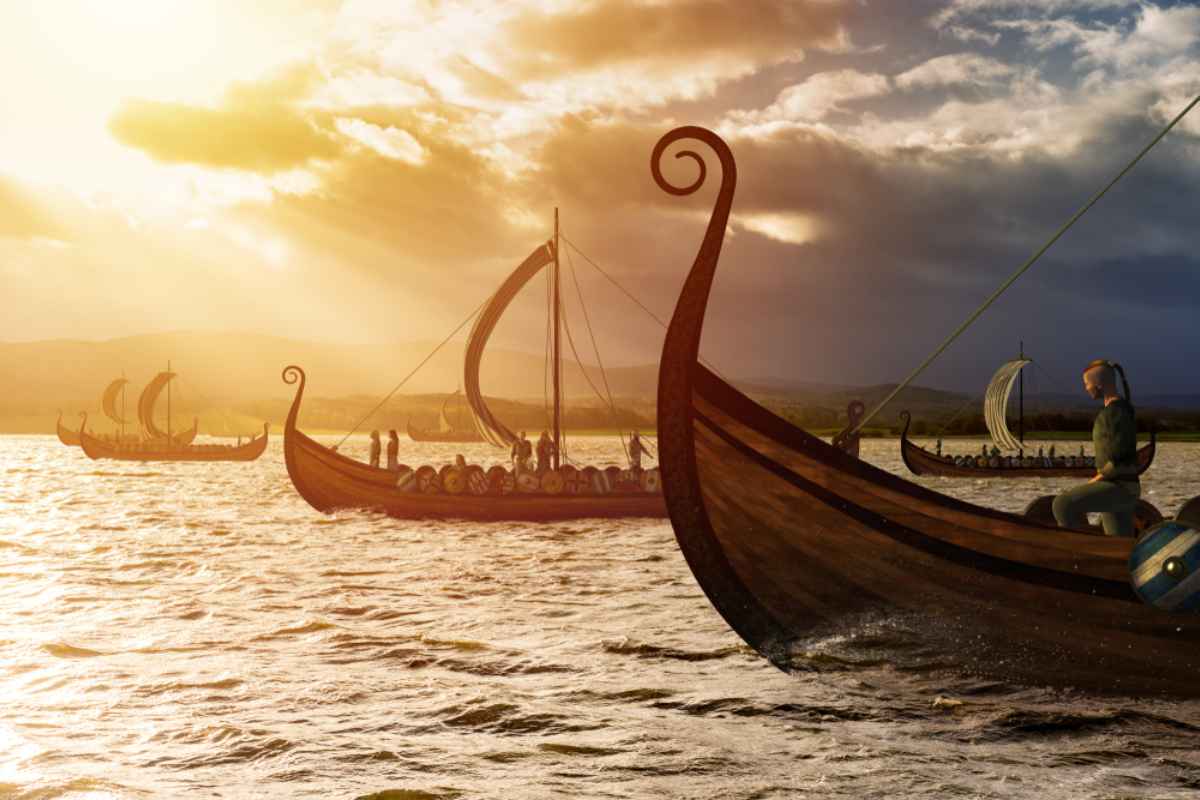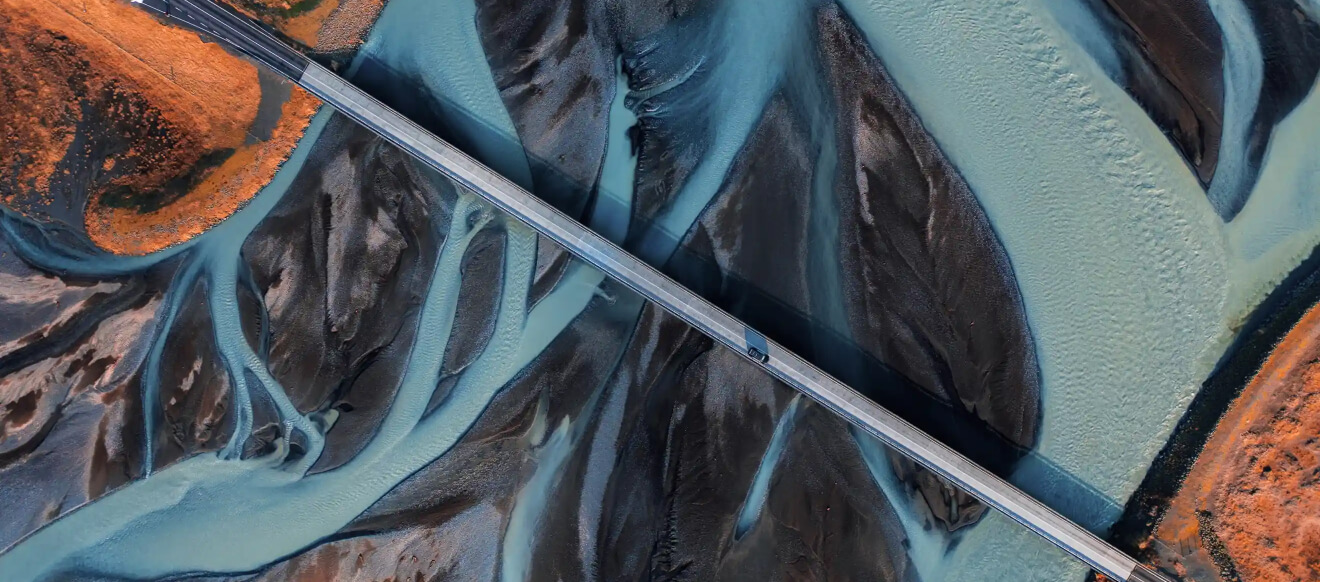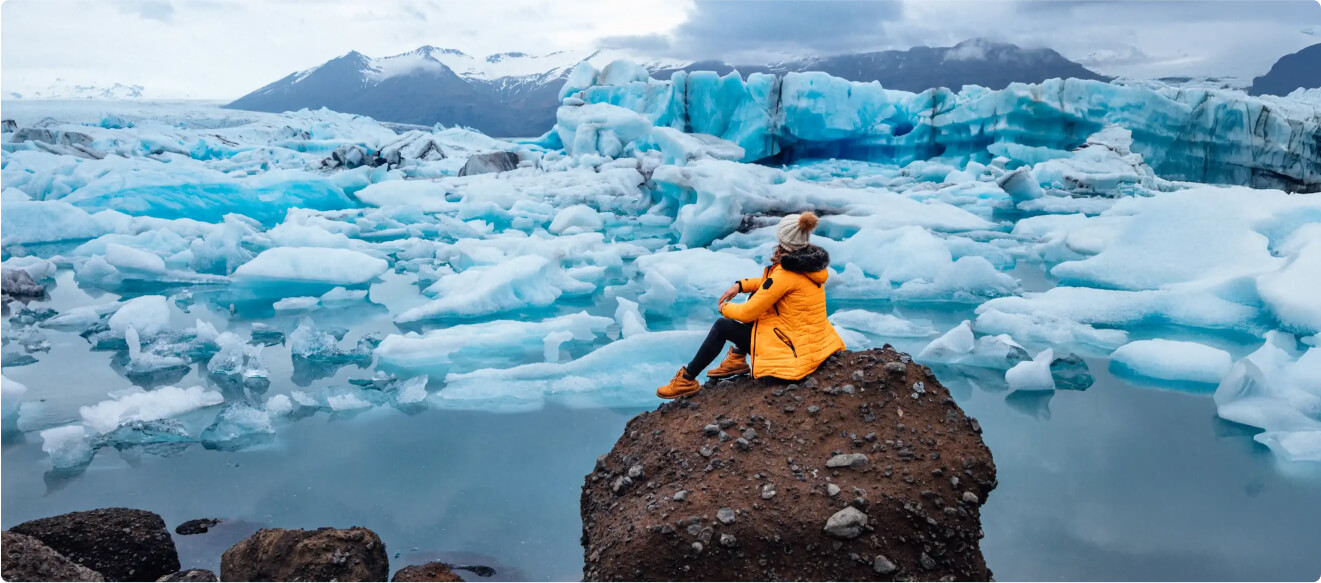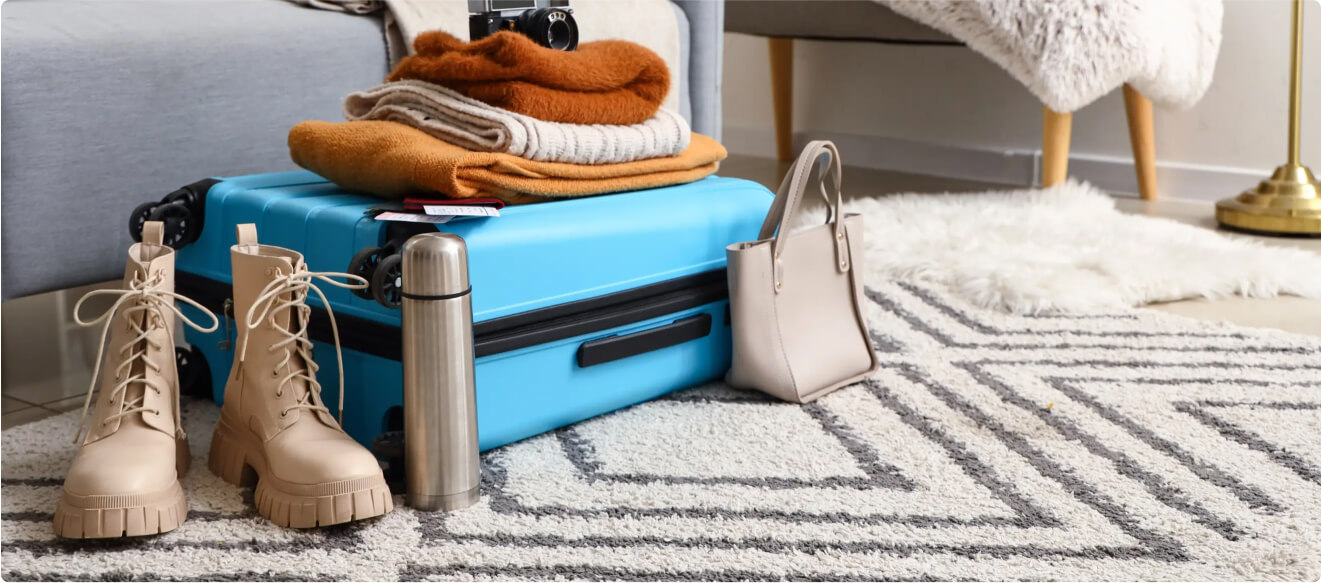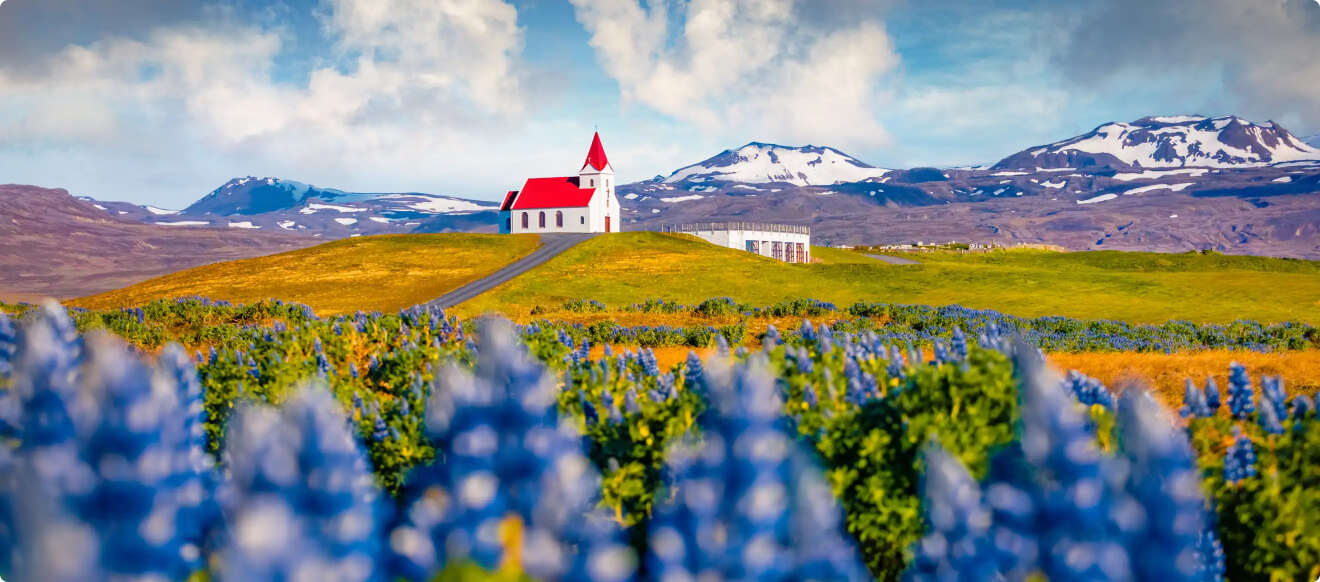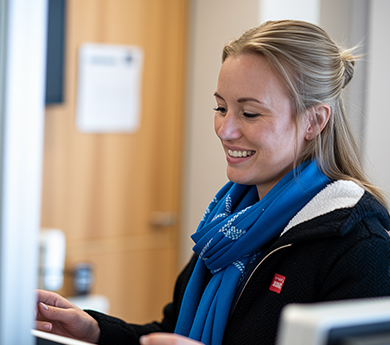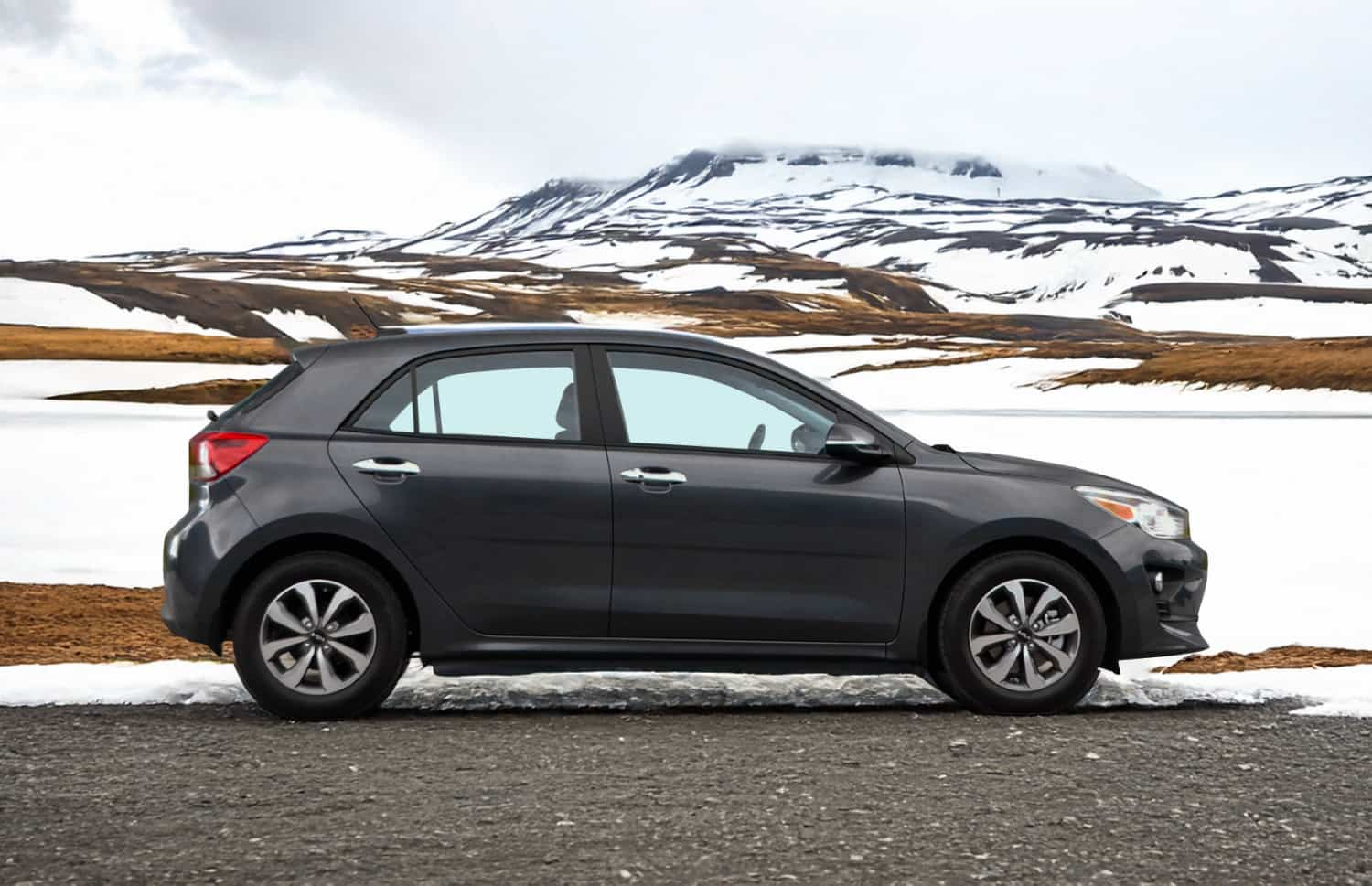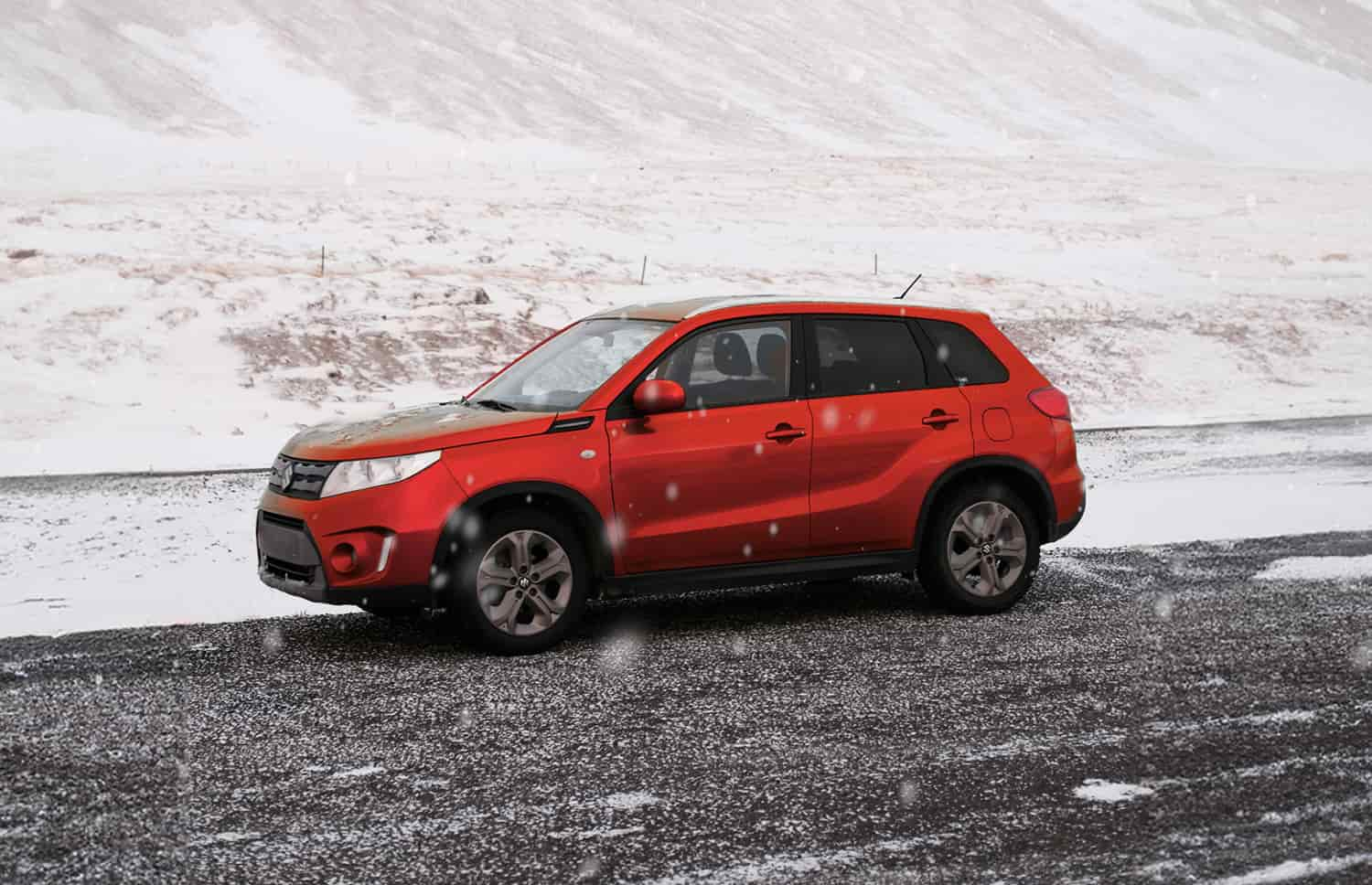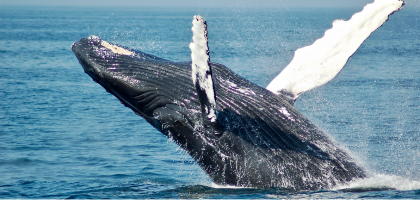Despite the Viking Age ending almost a thousand years ago, its legacy lives on in Iceland. If you’re interested in Viking culture, then you’ll want to find out all about visiting the Viking villages in Iceland. There is a worldwide fascination with these traveling, warring people, and Icelanders have really stepped up to meet the demand.
Just south of Reykjavík, you can experience the recreated Viking village of Fjorukrain for yourself. In this article, we’ll explore Fjorukrain village as well as many other exciting Viking-themed destinations and events across Iceland.
What did a typical Viking village look like?
Viking villages were small and coastal, as easy access to the ocean was essential. The Vikings, although known for their raiding, were fishers and farmers, and that’s how they spent most of their time. Their rectangular homes were made of wood and coated with mud, with turf or thatch roofs.
The rich members of the village were the only ones who had large homes, with most being cramped. The homes would also serve as barns during the winter, as animals were brought in to shelter them from the cold. In summer, the men would travel via boat to other places to raid, while the women stayed in the village tending to the home and taking care of the children.
The women were responsible for maintaining the farm, making clothing, and grinding grain for bread and beer. You can relive certain aspects of Viking life in a wonderful way by visiting Iceland’s Viking Village.
The Viking Village of Fjorukrain
The Viking Village at Fjorukrain in Iceland is one of the country’s most visited tourist attractions. Located in Hafnarfjörður, a municipality below the capital city, this attraction focuses on giving you an authentic Viking experience. With the on-site Hotel Viking and two restaurants, you’ll be treated to Viking feasting as well as live entertainment.
Hotel Viking and its restaurants
Let’s start with Hotel Viking. Firstly, you needn’t worry; it isn’t exactly like a traditional Viking house. The 42 hotel rooms are Nordic and Viking-themed, but they are also luxurious and include modern furnishings. Nordic-style artwork covers the walls of the rooms and the lobby, and there is a hot tub available for use. Hotel Viking can accommodate you whether you’re traveling alone, as a couple, or as a family.
Now, let’s move on to the restaurants. Both the Fjaran restaurant (Valhalla) and Fjörugarðurinn, (the Viking Restaurant) are open daily for dinner from 6 pm. The Fjaran is smaller and offers a cozy, intimate feel, whereas the Viking Restaurant is large and loud. The menu options are the same, but it’s in the Viking Restaurant where you’ll be treated to live entertainment. Valkyries and Vikings will appear, sing songs and create surprises, so expect a night of fun.
The restaurants offer a mixture of traditional Icelandic dishes and more modern options. Here, you can try Icelandic meat soup (Kjötsúpa) as well as boiled sheep head, lamb steak, and fresh fish. There are also sourdough pizzas for the more cautious, plus chicken wings, and a variety of soups including lobster.
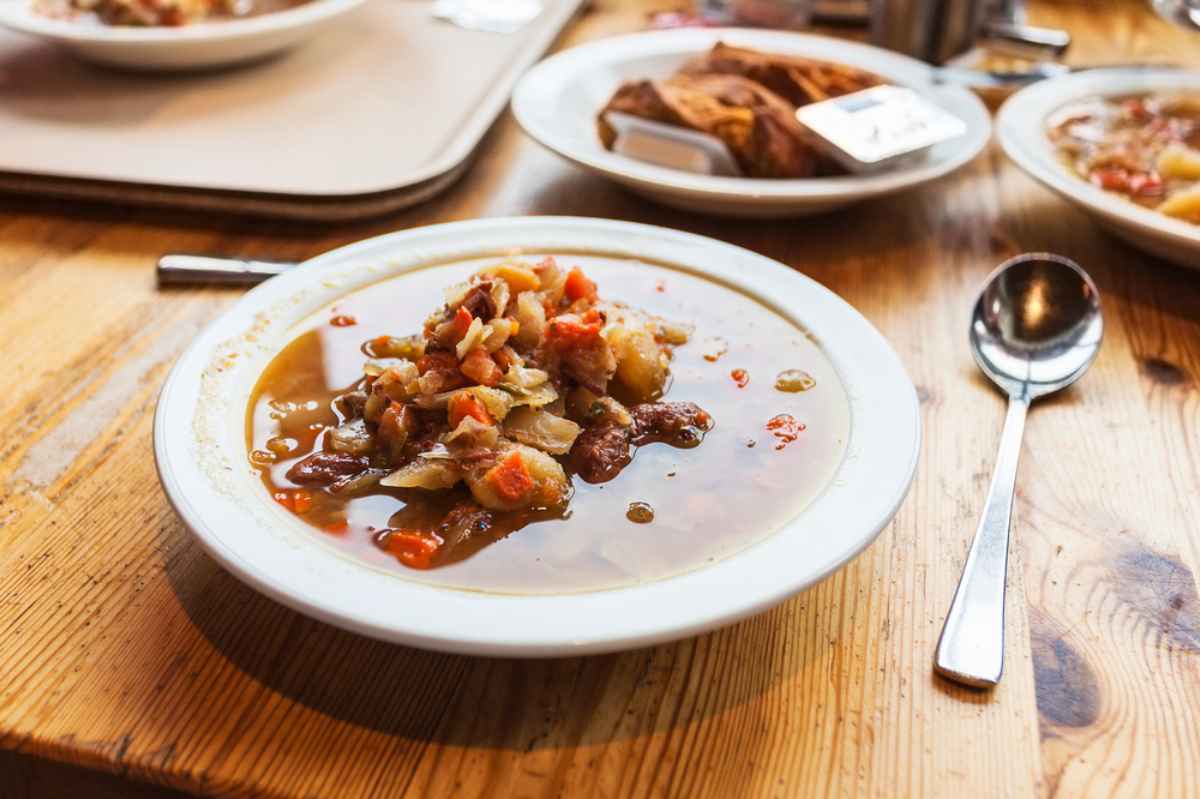
There’s plenty to choose from, including vegan and vegetarian options, so everyone will find something they love. For those attending in large groups of 15 or more, you can request a ‘Viking Kidnapping’. You’ll be ‘kidnapped’ outside the restaurant and brought into ‘The Cave’, where you’ll be served mead and told folktales.
The Viking Village is truly an enriching experience, where you’ll learn and have a blast. It’s located about a 20-minute drive from downtown Reykjavík.
The Hafnarfjörður Viking Festival in Iceland
Every year in June, the town of Hafnarfjörður hosts the premier Viking festival in Iceland. This four-day event is an enthusiastic celebration of Iceland’s lively ancestors. It was first created in 1995, and for many years was hosted by the Viking Village. In 2018, the location was moved to Víðistaðatún Park, which is just down the road from the Viking Village.
This larger venue allows for more people to visit and enjoy the events, which include a market and live entertainment. At the market, ‘Vikings’ sell homemade goods, such as leather and fur products, jewelry, swords, and ornate horns. They also share stories, re-enact Viking battles and roast a lamb for all to enjoy.
The re-enactment fights are created and performed by Rimmugýgur, an organization that specializes in promoting interest in the Viking era. They train regularly to ensure that they are fit and ready for their performances, both in Iceland and abroad. The festival also showcases live music and traditional Viking games that visitors can take part in.
Why not time your road trip in Iceland with the June Viking Festival? Experience several days of life as a true Viking, or at least as close as you can come to it!
Other Viking activities to enjoy in Iceland
It’s not only in Hafnarfjörður that you can learn about the Viking way of life. Several companies offer Viking tours are a few more Viking-themed places you can visit during your road trip in Iceland.
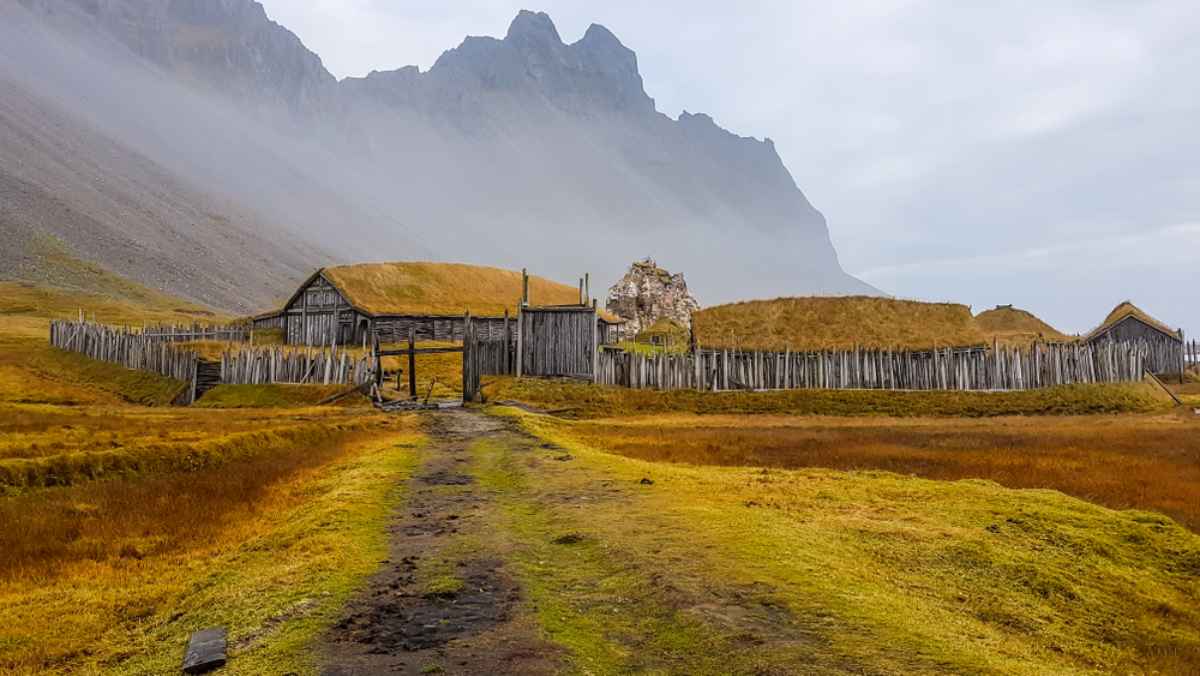
The Medieval Trading Weekend at Gásir
This event is held annually in July and is similar to the Viking Festival. It’s held at Gásir (near Akureyri in the north) which was actually an old medieval trading site. The participants dress in medieval clothing and demonstrate old practices such as wool spinning, blacksmithing and carving.
There are sword fights and visitors can try their hand at archery and old ball games. There are also handcrafted items you can purchase, but with cash only, to keep it authentic. The entrance fee to attend the event, on the other hand, can be paid by credit card.
Ingólfsskáli Viking Restaurant
About 45 minutes south of Reykjavík, in the small town of Ölfus, lies another Viking restaurant. Much of what you’ll taste here is either hunted or gathered by the owners themselves. You can drink from a traditional drinking horn and experience Icelandic goose, salmon and lamb cooked the local way.
The restaurant resembles a turf-covered Viking longhouse on the outside and features ornately carved furniture on the inside. For Viking enthusiasts with foodie leanings, this is definitely one of Iceland’s must-visit destinations.
Viking World Museum
This wonderful museum is located in Njarðvík, close to Keflavík International Airport, where you’ll land when you arrive in Iceland. This makes the museum about a 45-minute journey from the capital and it’s well worth the trip. Viking World is split into four main exhibitions:
-
The Vikings of the North Atlantic
-
The Settlement of Iceland
-
Fate of the Gods
-
The Icelander (Viking Ship)
The Icelander, or Íslendingur, is a complete replica of a Viking ship that was excavated in Norway in 1882. The replica was built in 1996 by Gunnar Marel Eggertsson and is 22.5 meters long and 5.3 meters wide. In the year 2000, Gunnar sailed this ship from Iceland to New York to commemorate the journey of Leifur Eiríksson. The impressive ship can now be viewed at Viking World, where it is propped up on 1.5 meter pillars.
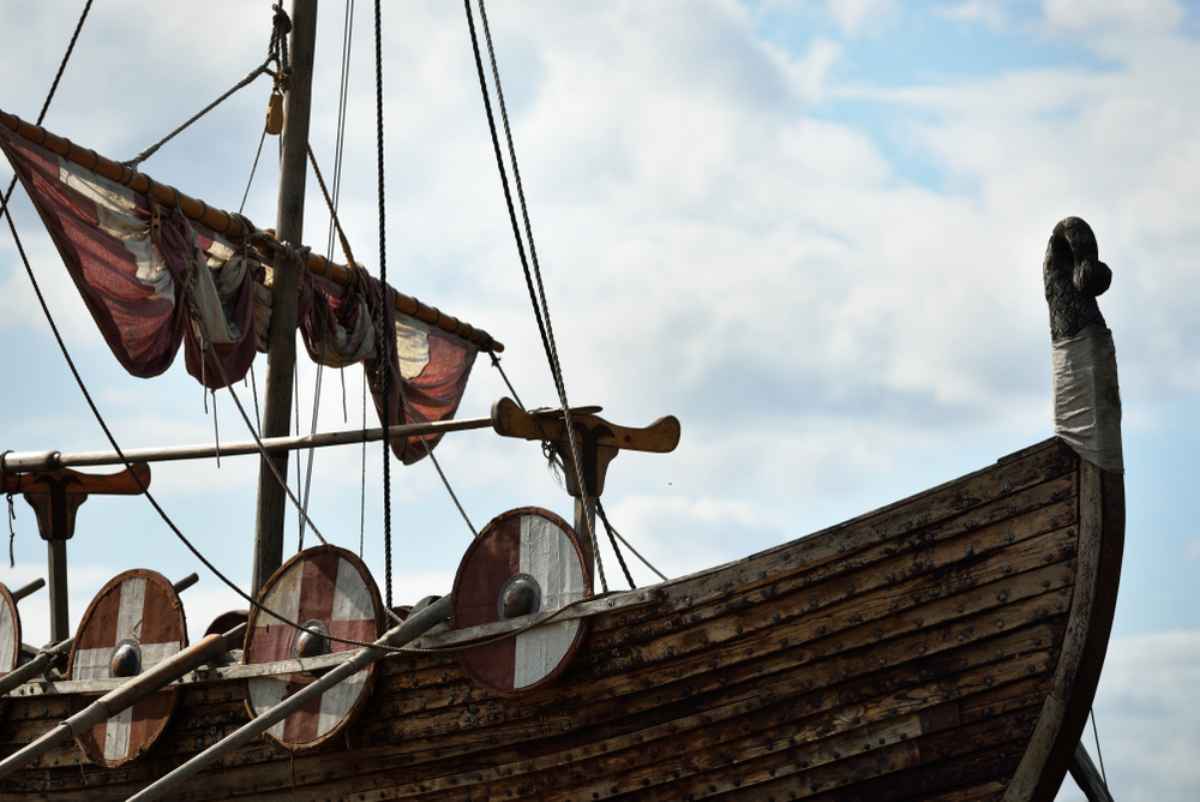
The National Museum of Iceland
This museum is located close to Reykjavík’s lake, known as ‘The pond’ or Tjörnin. The National Museum’s permanent exhibit, ‘Making of a Nation’ takes you on a journey through Iceland’s history. You can see artwork, clothing, weapons and tools from earlier times, dating back all the way to Iceland’s settlement.
The Saga Museum
The Sagas are some of the most important historical documents for Icelanders. They give an insight into the development of Icelandic society and the struggles the settlers faced. At this brilliant museum, you can experience the past in a fun way. Waxwork exhibits bring history to life and give a physical context to the stories that all Icelandic children are taught.
The Saga Museum is located by the harbor in Reykjavík and is one of the essential South Iceland destinations.
Viking villages and lifestyle in Iceland
With the prevalence of Viking-themed artwork and tattoos and the resurgence of Viking religion, it’s clear where Icelandic hearts lie. The Vikings’ beliefs, traditions and ways of life are still taught to both locals and visitors alike.
So, if you’re keen on Vikings, come to Iceland and experience Viking life for yourself. You can eat Viking food, watch Viking battles and learn how these seafaring warriors lived. Take a road trip with your iceland car rental around the country that many Vikings made their home over a thousand years ago.




